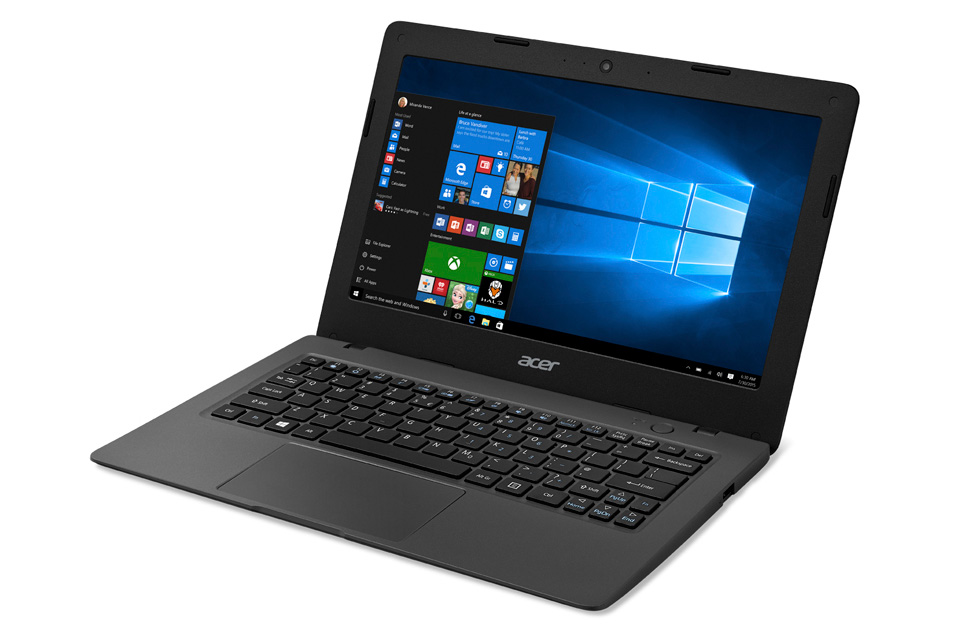
The Acer Cloudbook is one of the cheapest laptops on the market. It’s also light, thin and quite nice, and so I picked one up from Fry’s to use as a travel laptop. It comes with Windows pre-installed, unfortunately, but of course I didn’t want that. Here are my notes how I got Arch Linux running on it, in the hope that it saves others some time. I may not have all the names entirely correct, as I didn’t write down every single detail:
- Write the Arch Linux installer image to a spare USB flash drive.
- With the laptop off, insert the USB stick.
- Booting the laptop, press F2 to get into the BIOS.
- In the BIOS:
- change the boot order to boot from the USB stick in preference to booting from the built-in drive
- set the boot type to “legacy”
- set the trackpad type to “traditional” (not “smart”)
- Save changed BIOS settings and reboot
- Once the Arch boot loader has come up, edit the kernel boot line to add “edd=off noapic”. Without those parameters, the machine will hang during boot.
- Once the machine has booted from the USB stick, install Arch:
- Change partition label type from GPT to DOS
- Using fdisk, blow away the existing partitions, and create the partitions you want
- Follow the usual Arch install process: creating partitions, formatting, pacstrap, updating the new /etc/fstab etc.
- I installed grub as the boot loader (this required the “legacy” boot type in the BIOS, I could not get it to work otherwise)
- Before grub-mkconfig, edit /etc/default/grub to add “edd=off noapic” to the kernel parameters so I don’t have to enter them every time
- reboot
- remove USB stick
- The machine should now boot from the internal drive
- The first screenful of console messages comes up in an unreadable font. I don’t know why that is, but I don’t mind because there’s nothing reported there that I need to know.
- Continue setup of networking, X11 etc. the normal way. I had no trouble with drivers. WiFi worked out of the box with systemd-networkd and wpa_supplicant. The trackpad didn’t work until I set the trackpad type to “traditional” in the BIOS (see above)
So far, a nice little machine.